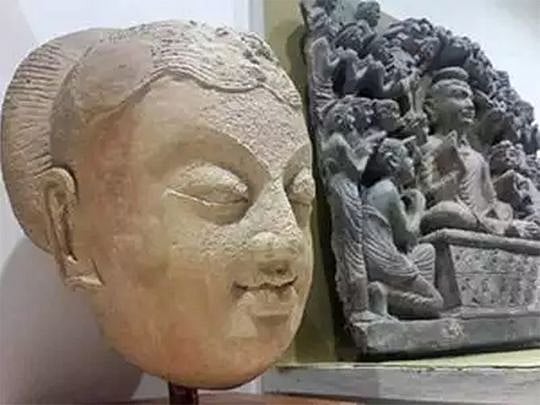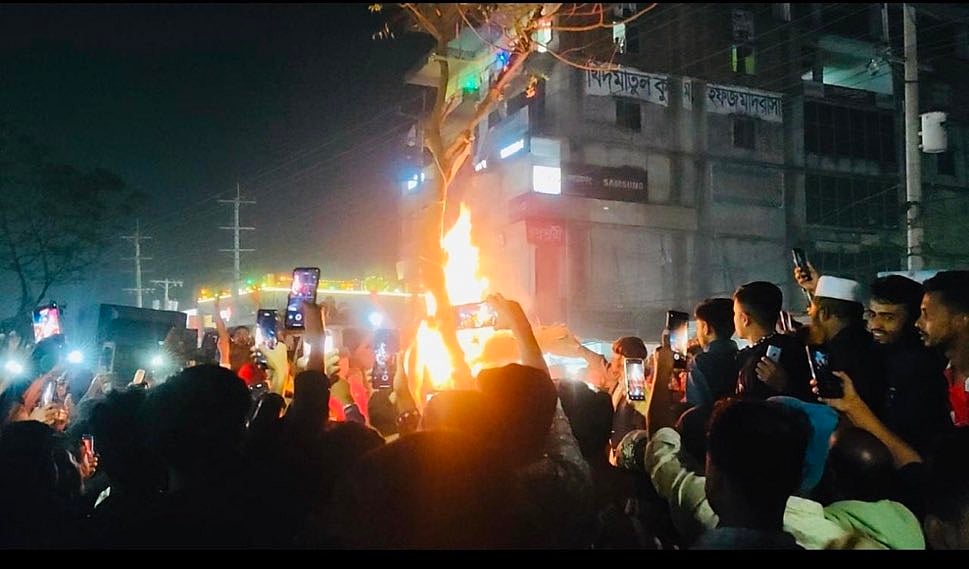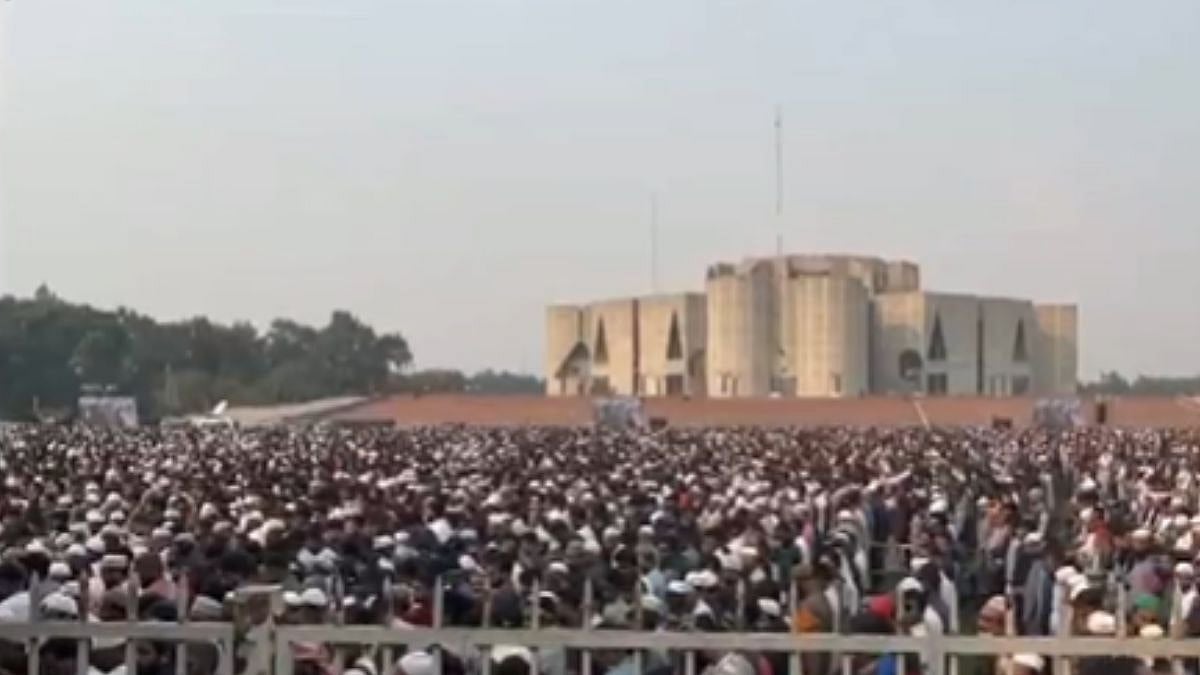Islamabad: The Islamabad Museum has put on display a rare statue of Lord Buddha's head after retrieving it from its reserves where it was locked for decades, according to a media report on Sunday.
The sculpture from the period between the 3rd and the 4th century AD was discovered by the first Italian archaeological mission in Pakistan that was led by Giuseppe Tucci in the Swat Valley area, the Dawn reported.
The artefact was excavated in the 60s and it was last displayed in a museum in 1997.
"It is extremely rare to find Lord Buddha's statues made of stucco from Swat. The Swat Valley is predominantly home to stone sculptures," Islamabad Museum Director Dr Abdul Ghafoor Lone said.
He said stucco sculptures of Lord Buddha are frequently found in Taxila and Afghanistan.
What also makes the Lord Buddha head sculpture unique is its sharp, feminine features, with long hair brushed back and wrapped over and around a halo and slanted, feline eyes.
Lone said Lord Buddha is commonly seen wearing his hair in a bun, with straight eyes.
Belonging to the Kushan period, the extraordinary sculpture was discovered from one of the earliest Buddhist Stupa Buddhkara I from the 3rd century BC, a contemporary of the World Heritage Site Dharma Rajika in Taxila. Another three terracotta heads of Buddha have also been pulled out of the museum's reserves and put on display.
The three rare artefacts are from the 2nd to 3rd century AD. They were excavated by British archaeologist Sir John Marshal.
Special attention was given to sculpting the heads of Buddha compared to the rest of the body, and finer material was used as well.
"When the White Huns burnt down Buddhist monasteries and stupas, heads were buried and preserved under the collapsed roofs. The bodies, which were not given much attention, deteriorated and were destroyed over the centuries. This is why the heads of the Buddha have survived to this date," Lone said.
The White Huns were a race of largely nomadic peoples who were a part of the Hunnic tribes of Central Asia. They ruled over an expansive area stretching from the Central Asian lands all the way to the Western Indian Subcontinent during the 5th to 8th centuries.
The Italian archaeologists also excavated a schist stone panel from the Swat Valley.
Lone said the grey panel from the 2nd century AD "depicts a temple on fire, while Buddha is seen seated inside and the Kasyapa brothers are trying to put out the flames".
The art piece symbolises Buddha's triumph over the fire snake, he explained.










